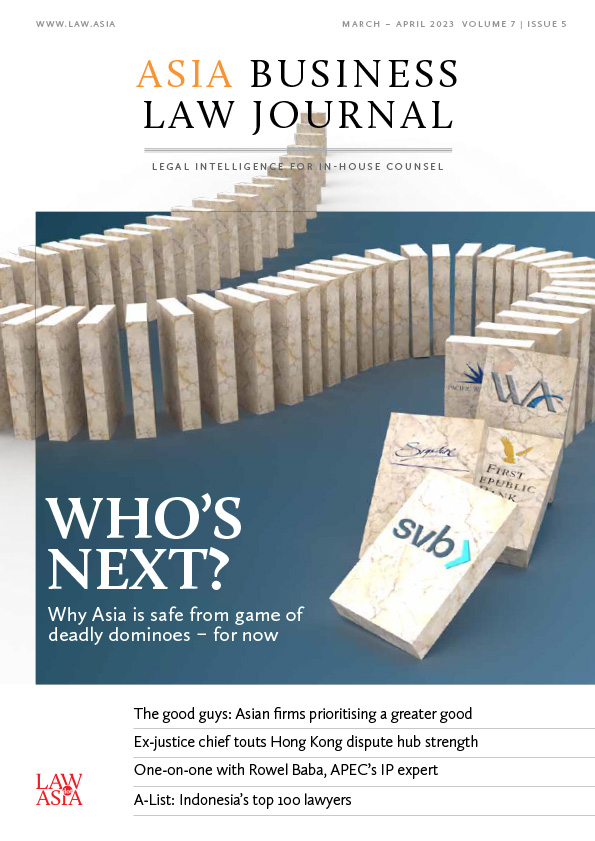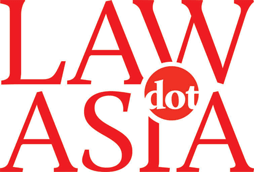The Standing Committee of the National People’s Congress amended the Trademark Law on 23 April 2019. Although it seems to change few contents in this amendment, it grasps firmly three controversial focuses in practical operations, which are also the new highlights in future brand protection: (1) strict prohibition to register trademarks in bad faith for non-use purpose; (2) disposal method of trademark infringing commodities is changed; and (3) indemnity limit for trademark infringement is increased.

Partner
Dentons
Registration of trademarks in bad faith for non-use purpose is strictly prohibited. Both articles 4 and 19 of the amended Trademark Law stipulate that registration of trademarks in bad faith for non-use purpose is strictly forbidden. Article 4 provides regulations mainly from the perspective of general subjects applying for trademark registration. It regulates a series of infringement acts including rush registration in bad faith in practice, bringing forward the regulation on malicious registration to the trademark application stage, which legally bestows the right to reject malicious trademark registration for the National Intellectual Property Administration. Article 9 is mainly used to regulate agencies and to crack down hard on applicants and/or agencies who obtain illegal profits by hoarding a large number of trademarks.
Amendments to articles 4 and 9 fill the issue in practice that a large number of trademark applications for “non-use purpose” can only be protected afterwards.
The Higher People’s Court of Beijing municipality issued the Guidelines of the Higher People’s Court of Beijing Municipality for Hearing Administrative Cases on Trademark Authorization and Determination the day after the amendment was adopted. The guidelines specify five situations for the vague “non-use purpose” determination in the amended articles:
- Apply for registration of trademarks which are the same as, or similar to, those having certain popularity or obvious features of different subjects with the circumstances being serious;
- Apply for registration of trademarks that are the same as, or similar to, those having certain popularity or obvious features of the same subject with the circumstances being serious;
- Apply for registration of trademarks that are the same as, or similar to, the business marks other than the trademarks of others, with the circumstances being serious;
- Apply for registration of trademarks that are the same as, or similar to, the names of places, scenic spots and architectures with certain popularity with the circumstances being serious; and
- Apply for registration of a large number of trademarks without proper reasons.
As an important component of an enterprise’s intangible assets, although the trademark is different from business goodwill, the infringement of trademark, in reality, is always one of the ways to have a connection with business goodwill. The purpose of rush registration of trademarks in bad faith for non-use purpose is to “take advantage of other enterprises’ popularity and business goodwill”, and only by preventing such behaviour can healthy business competition be formed.
An article of destroying tools used for infringing rights is added to expand the protection for the right holder. Currently in some industries such as the furniture and embossed home decoration industry, newly designed products of industry leading companies are liable to be counterfeited or copied once they are launched due to the industry structure of high design costs but low production costs.
In this case, although such enterprises fight against the infringements by legal means with the expectation of warning potential infringing parties by winning in critical cases, the effects are not satisfactory. The reason lies in the fact that the right holder usually finds the products with counterfeited registered trademarks only after such products are put into the market.
You must be a
subscribersubscribersubscribersubscriber
to read this content, please
subscribesubscribesubscribesubscribe
today.
For group subscribers, please click here to access.
Interested in group subscription? Please contact us.




























